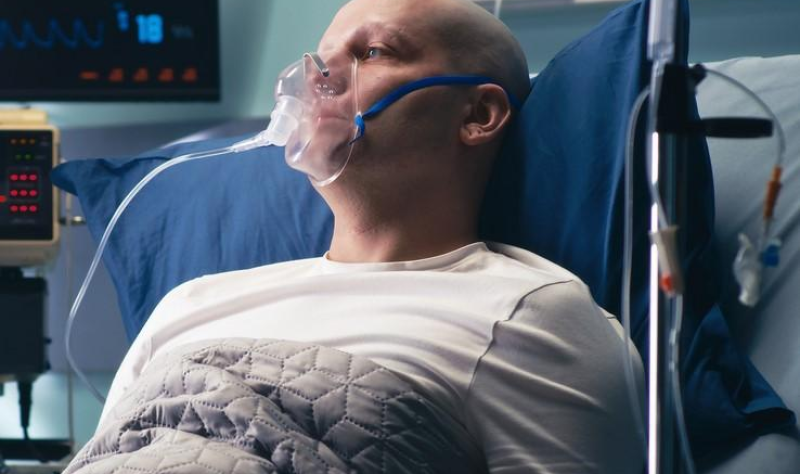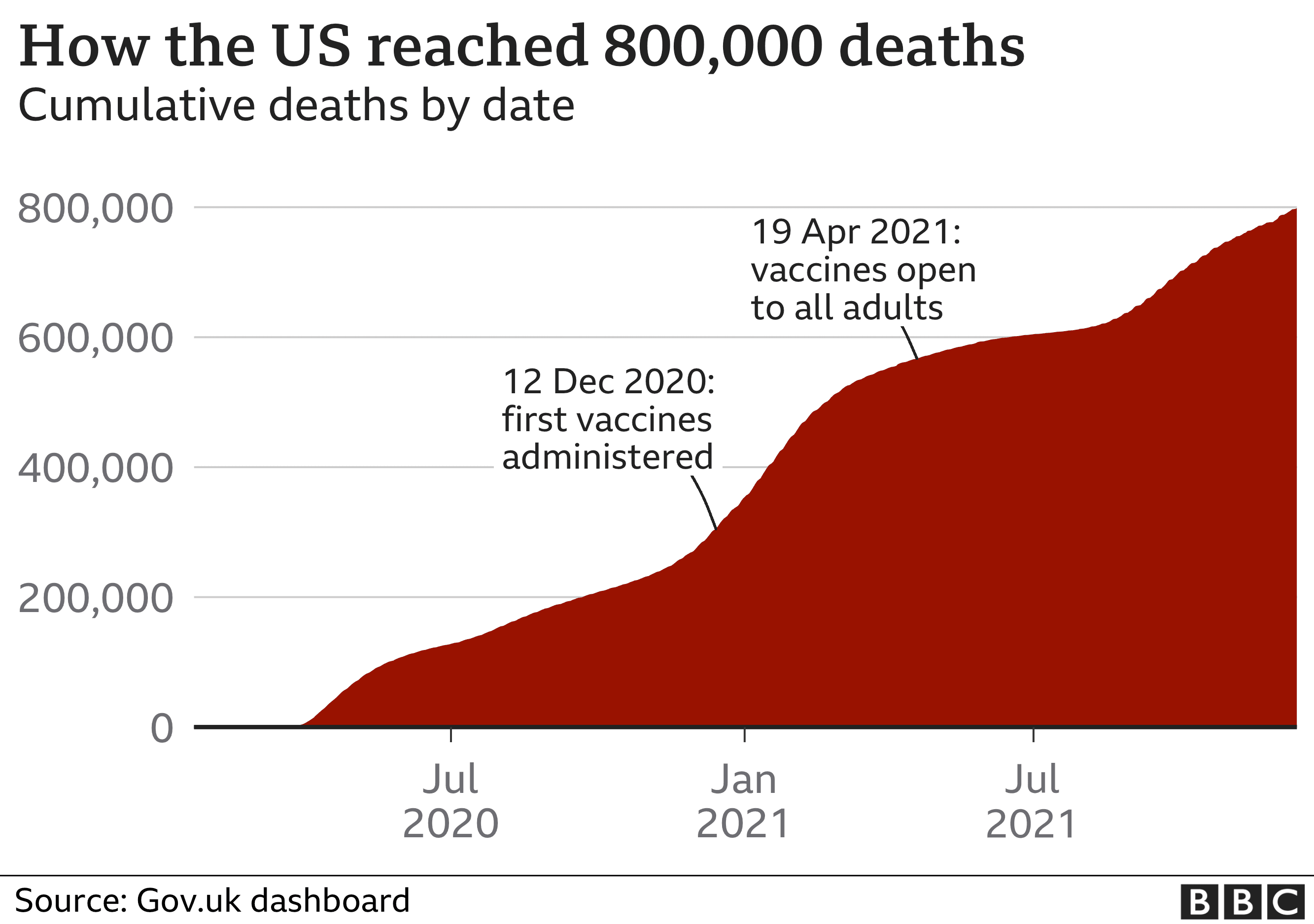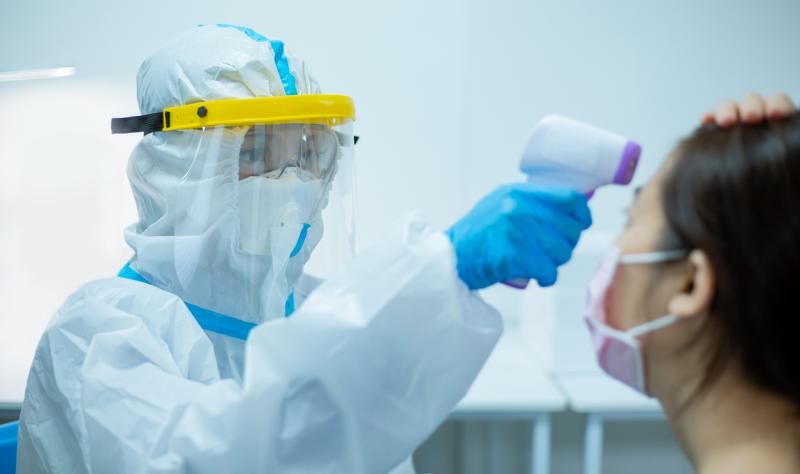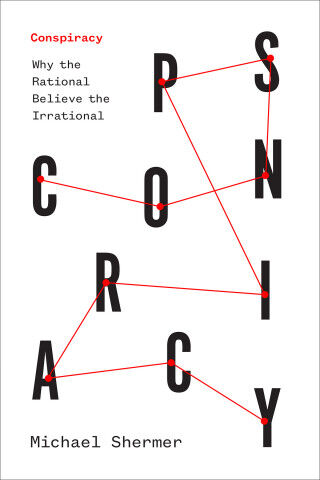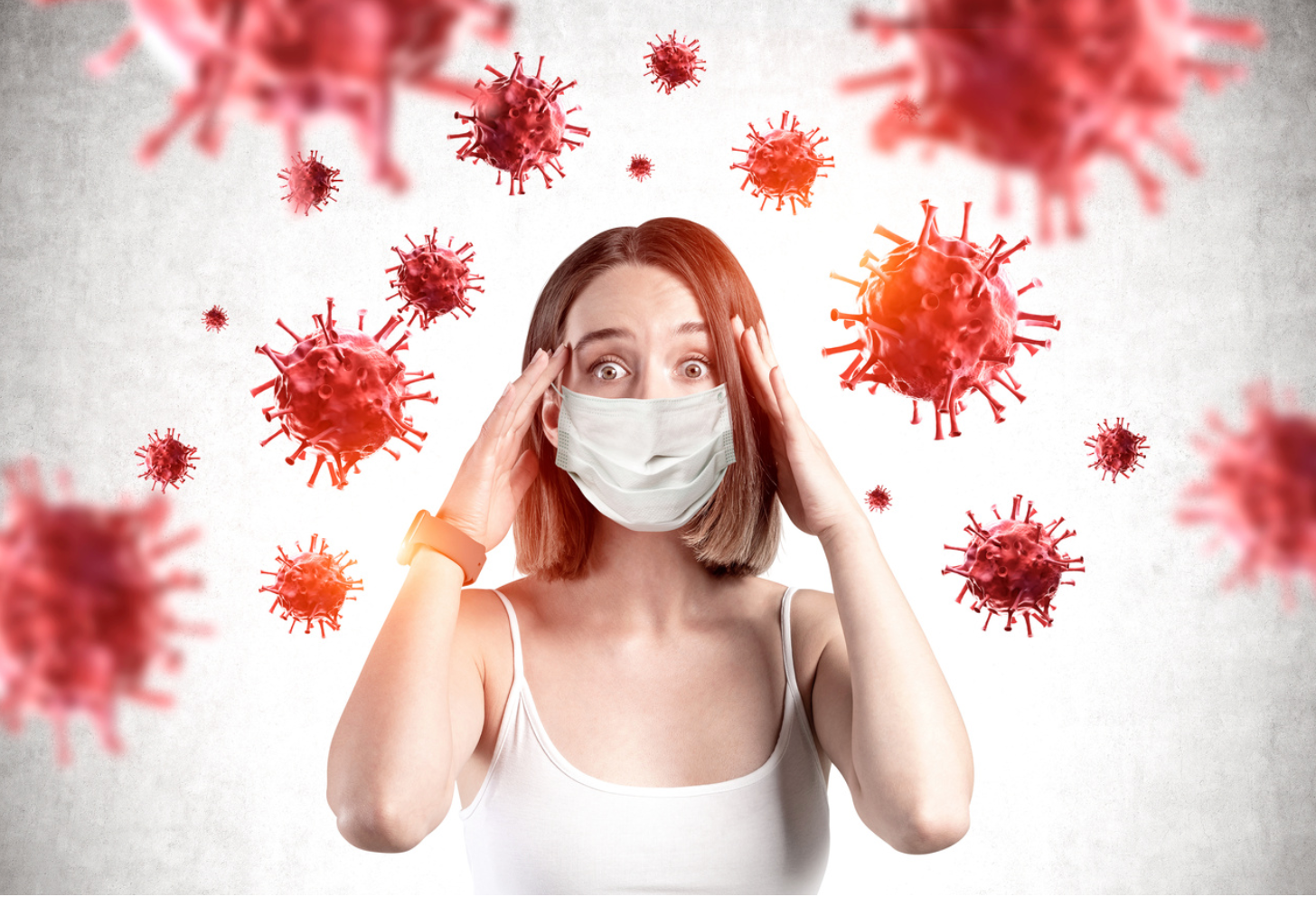COVID in California: Kaiser mental health workers say workload issues led to Monday strike plan


US defense chief reinfected with COVID-19
Defense Secretary Lloyd Austin said Monday he has tested positive for COVID-19, is experiencing mild symptoms, and will quarantine at home. It’s the second time Austin has been infeced, the Associated Press reports. A statement from Austin, 69, said he is fully vaccinated and has received two boosters. He said he’ll quarantine for the next five days in accordance with CDC guidelines and “will retain all authorities and plan to maintain my normal work schedule virtually from home.” In January, Austin also contracted COVID. “Now, as in January, my doctor told me that my fully vaccinated status, including two booster shots, is why my symptoms are less severe than would otherwise be the case,” Austin said. “I will continue to consult closely with my doctor in the coming days.”
BA.4, BA.5 account for over 99% of U.S. cases
The highly transmissible newer omicron coronavirus subvariants made up nearly all sequenced cases in the United States last week, according to data published Friday by the U.S. Centers for Disease Control and Prevention. BA.5 made up about 88.8% of the total cases, while BA.4 was sequenced in 5.3% of cases, and the BA.4.6 sublineage made up 5.1% of cases nationally. The U.S. is averaging over 103,000 new confirmed COVID-19 cases per day.
Omicron substantially increased COVID-19 reinfections, CDC study says
The rate of coronavirus reinfection was relatively rare before the omicron variant of the virus became dominant, according to a new surveillance study from CDC and Southern Nevada Health based on data collected during the winter wave. The suspected rate of individuals who were reinfected was about 2.7% until December 2021 but increased to about 11% once the omicron variant became dominant and remained at an elevated level, the study found. According to the survey, reinfection rates were higher among adults 18—50 years of age, women, and minority groups, especially persons identifying as American Indian/Alaska Native. Vaccination status and disease severity were not included in the data.
CDC says some in areas with “medium” COVID level should mask
Even in areas classified with “medium” coronavirus inrection levels, some people should wear masks, the Centers for Disease Control and Prevention says. As part of its revised recommendations for living with the coronavirus released last week, the CDC expanded its masking guidance for people living in areas designated with medium COVID-19 community levels. Individuals at increased risk for severe disease “should wear a mask or respirator that provides greater protection to the wearer” the agency said. That sharpened CDC’s previous wording that suggested those individuals “should talk to their healthcare provider about whether they need to wear a well-fitting mask and take other precautions.” About 80% of the U.S. population lives in an area with “medium” or “high” COVID-19 community levels.
U.K. is first to give thumbs up to Moderna’s updated vaccine
The United Kingdom on Monday became the first country to approve a new formulation of Moderna’s COVID-19 vaccine booster that is designed to target two coronavirus variants, the original strain and omicron. “An updated version of the COVID-19 vaccine made by Moderna that targets two coronavirus variants (known as a “bivalent” vaccine) has today been approved for adult booster doses by the Medicines and Healthcare products Regulatory Agency (MHRA) after it was found to meet the UK regulator’s standards of safety, quality and effectiveness,” the government health agency said in a release. The U.S. plans to roll out the updated boosters in the fall.
Pfizer CEO tests positive for COVID-19
Pfizer CEO Albert Bourla, whose company was first to win U.S. approval of a vaccine against COVID-19, has tested positive for the coronavirus. “I would like to let you know that I have tested positive for COVID-19,” Bourla tweeted Monday. “I am thankful to have received four doses of the Pfizer-BioNTech vaccine, and I am feeling well while experiencing very mild symptoms. I am isolating and have started a course of Paxlovid.” Pfizer also developed the oral antiviral COVID-19 treatment. “We have come so far in our efforts to battle this disease that I am confident I will have a speedy recovery,” Bourla added. “I am incredibly grateful for the tireless efforts of my Pfizer colleagues who worked to make vaccines and treatments available for me and people around the world.”
Kaiser mental health workers plan Monday strike
Echoing a familiar pandemic concern of health care workers — that staffing shortages are putting a burden both on workers and patients — more than 2,000 Kaiser mental health workers were starting an open-ended strike in Northern California on Monday. Their union said the strike was going ahead after the health care giant rejected a union proposal over the weekend. Strikers say their reasons include high workloads and excessive wait times — weeks or even months, according to union officials — for patients seeking treatment. Read more about the issues, exacerbated by the pandemic, being raised by mental health workers.
Is eating close to home — but not at home — the new, new thing?
During the pandemic San Francisco saw a rash of restaurants closing — and without the usual compensating batch of new ones opening up. The Chronicle has researched data to learn more about the state of the city’s dining industry and which areas were hardest hit. Read more about the trends and the indications that San Francisco restaurants’ future may be finding itself in residential neighborhoods.
Bay Area sees lowest number of cases since May
The COVID case rate in the Bay Area is the lowest it’s been since May — the latest affirmation that the region is leaving the summer surge behind. The most recent data from the state shows the region had about 28 cases per 100,000 residents on Friday. Cases are also down across the state — averaging about 30 per 100,000 people daily, down from about 48 per 100,000 a month ago. Still, California’s average coronavirus test positive rate, which tracks the number of tests coming back positive, ticked up to 12.9%. Confirmed COVID-19 hospitalizations statewide dropped just below 4,000 for the first time since July 5.
More J&J vaccine has to be destroyed
About 135 million more doses of Johnson & Johnson’s COVID-19 vaccine from a troubled Baltimore factory will have to be destroyed due to quality problems, according to congressional committee leaders. The announcement last week follows a report in May that detailed how more than 400 million vaccine doses made at an Emergent BioSolutions plant had to be trashed. The doses more recently slated for destruction were made between August 2021 and February, the House members said. Johnson & Johnson said in a statement Thursday that no doses produced at the site since the factory restarted have reached the market, and it was ending its agreement with Emergent. The doses had been set aside after they were made. The panel said J&J told it that a batch of the shots failed inspection, which rendered all of them unusable.
Bay Area researchers invite people to share their long COVID experiences for study
Researchers from USCF, the San Francisco Department of Public Health and San Mateo County Health are partnering with local community groups to learn more about the impact of long COVID. Their project, called “Let’s Figure Out Long COVID – Tell Us Your Story, Bay Area,” the organizations will contact Bay Area residents who previously had COVID-19 to talk about their experiences with lingering symptoms, such as brain fog, fatigue and other issues. All ethnic groups and neighborhoods will be represented, the announcement said, but researchers are especially interested in hearing from Black/African American, Latino, Pacific Islander and Native American communities.
Japan ekes out growth as pandemic restrictions ease
Japan’s economy grew at an annual rate of 2.2% for the April-June quarter from the previous quarter, the government said Monday, as consumer spending rebounded with COVID-19 restrictions getting gradually lifted. Japan’s gross domestic product, or GDP, the sum of the value of a nation’s products and services, expanded 0.5% from January-March, during which the economy had stayed flat, according to the Cabinet Office’s preliminary estimates.
UCSF’s Wachter welcomes CDC’s new relaxed guidelines as “sensible”
Bob Wachter, UCSF’s chair of medicine and a prominent voice on the COVID-19 pandemic, characterized the new guidelines on COVID-19 from the Centers for Disease Control and Prevention in this way: He called it a “sensible effort to consider public attitudes.” The relaxed rules drop the recommendation that Americans quarantine themselves if they come into close contact with an infected person. The CDC also said people no longer need to stay at least 6 feet away from others, and that schools no longer need to do routine testing to monitor the spread of the virus. It eliminated the “test-to-stay” recommendation after potential exposure too. Unlike many other infectious disease experts who labeled the guidance as irresponsible coming from the nation’s top public health agency, Wachter on his prolific Twitter account largely agreed with CDC officials that “COVID’s here to stay.”
Wachter’s view diverged from that of numerous other health experts who also took to Twitter. For instance, “CDC decided to flagrantly disregard its duty to the American ppl wrt a pandemic that is still killing 1000’s of Americans weekly,” tweeted Michael Mina, a Harvard immunologist. The CDC data, however, now show deaths nationally averaging slightly over 400 a day.

